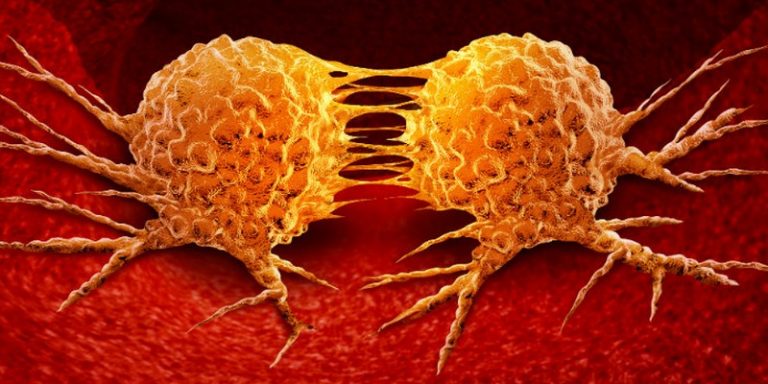
We recently reported on a systemdeveloped by Scottish scientists to help identify mesothelioma, a rare form of cancer. A team of researchers from the Department of Pathology at Brigham and Women’s Hospital has designed an artificial intelligence model that can find the origin of metastases. In addition, this tool could generate a “differential diagnosis” for patients with cancers whose origin is not known to doctors.
Artificial intelligence to identify primary tumors
For doctors, knowing the primary site of origin of a tumor is essential in order to target the actions they wish to take to fight the cancer and thus increase the survival rate. Most modern therapies are specific to the primary tumor, hence the importance of locating and analyzing it. Currently, the origin of metastatic tumours cannot be determined for about 2% of cancer cases: patients in this situation survive, according to a median estimate, between 3 and 16 months.
In an attempt to increase survival rates, several researchers have developed artificial intelligence to try to improve diagnosis for patients with complex metastatic cancers. This study was published in a paper authored by Ming Y. Lu, Tiffany Y. Chen, Drew F. K. Williamson, Melissa Zhao, Maha Shady, Jana Lipkova and Faisal Mahmood. Their creation is based on the branch of natural science that deals with the structure of living tissue: histology.
A deep learning model
The Tumor Origin Assessment via Deep Learning (TOAD ) model uses, as the name suggests, deep learning to identify the patient’s tumor as primary or metastatic and predicts its site of origin. The system has been trained using pathological images of tumors from over 22,000 cancer cases.
TOAD was tested on 6,500 cancer cases where the primary tumor was previously localized and analyzed concretely. The model correctly identified the tumor in 83% of cases. The tool can propose up to three predictions that correspond to the patient’s potential diagnosis. In 96% of the situations, the true diagnosis was among the three proposed by TOAD.
The computer program was then run on 317 cases of cervical cancer for which a differential diagnosis was concluded. In 61% of the situations, TOAD proposed a correct first analysis and this figure rises to 82% when it is allowed to make three diagnoses. With these results, the researchers hope to continue training their deep learning model with more data and even engage in clinical trials, which they hope will be conclusive.
Translated from Un modèle de deep learning pour repérer plus facilement les tumeurs métastasiques complexes









